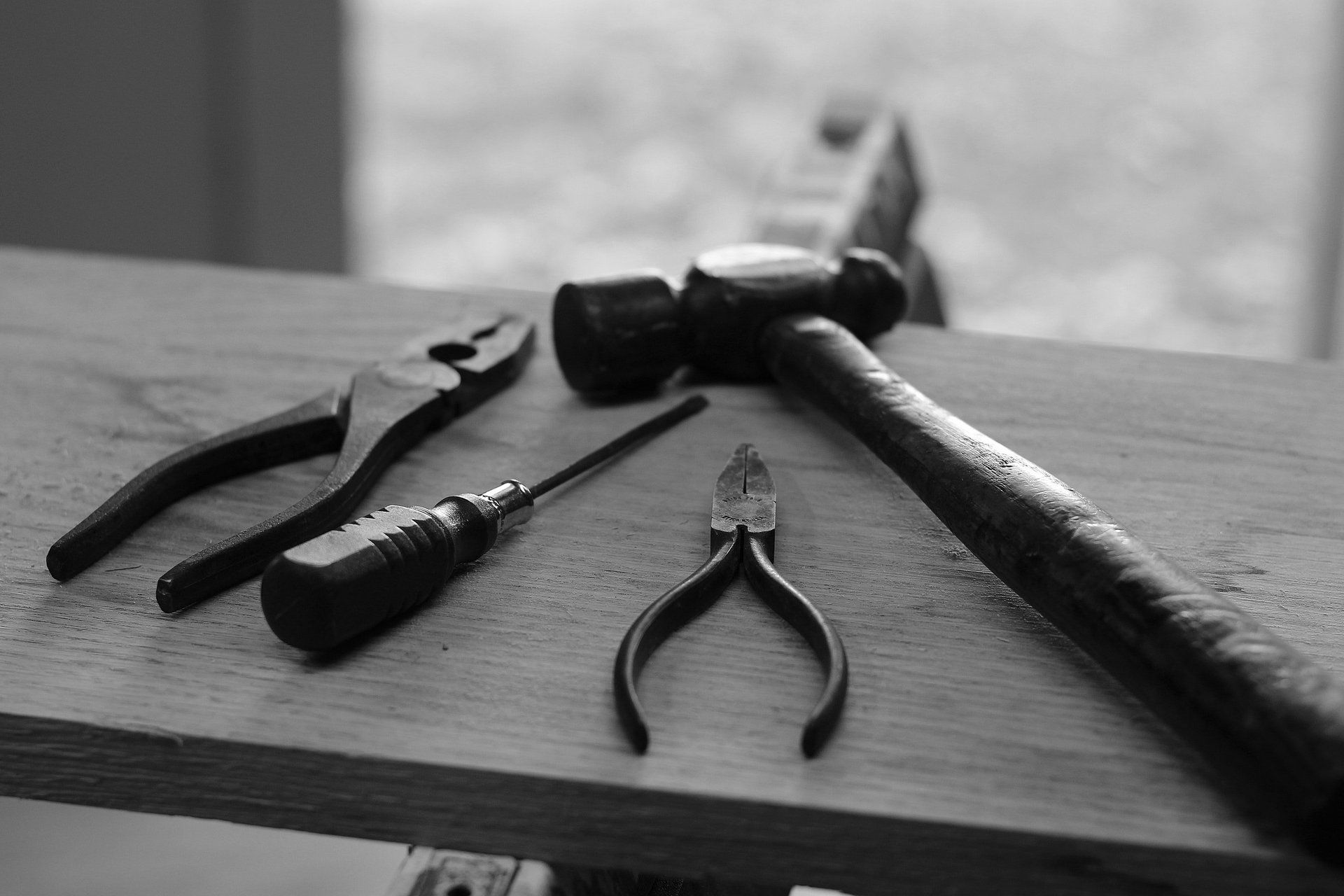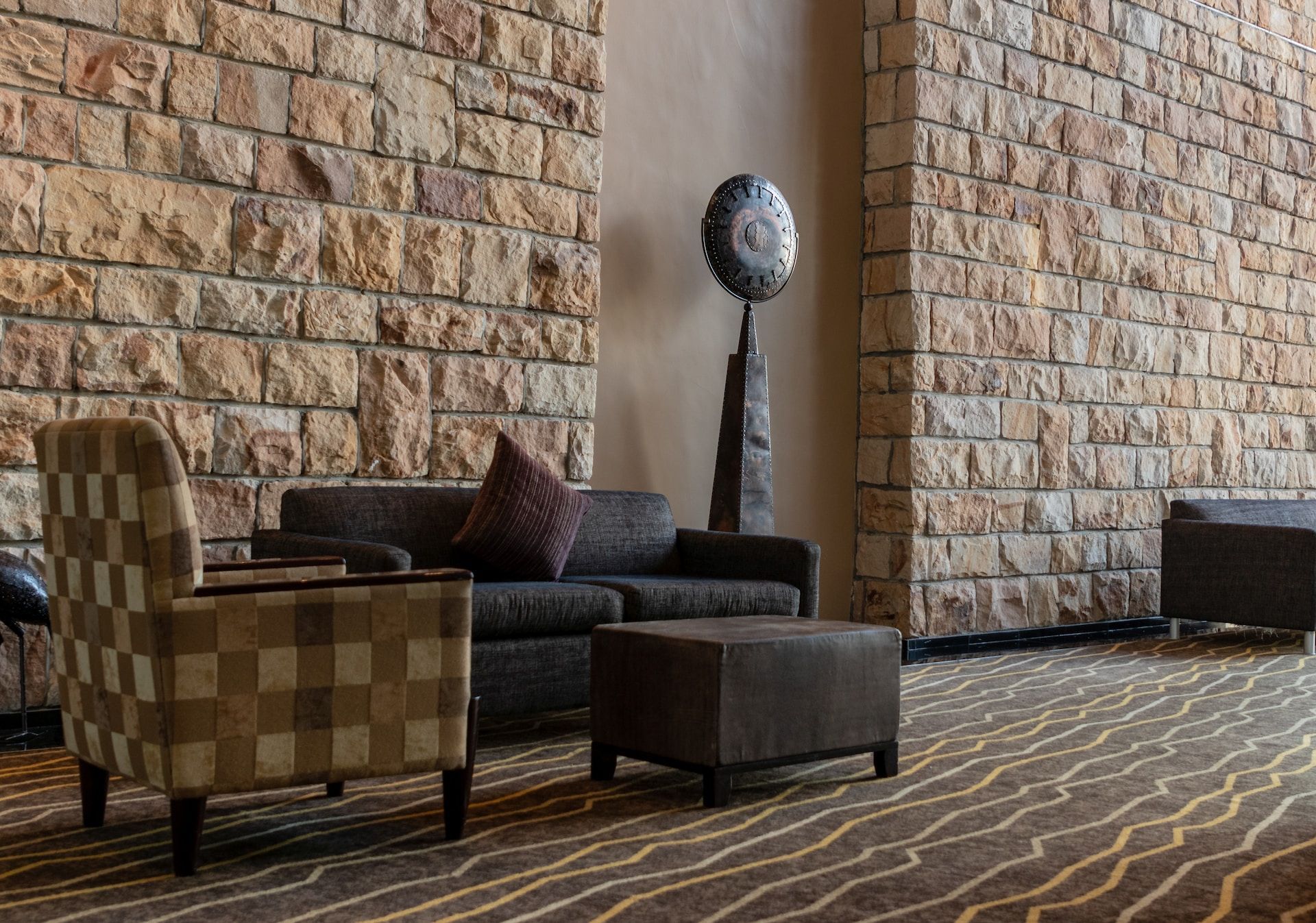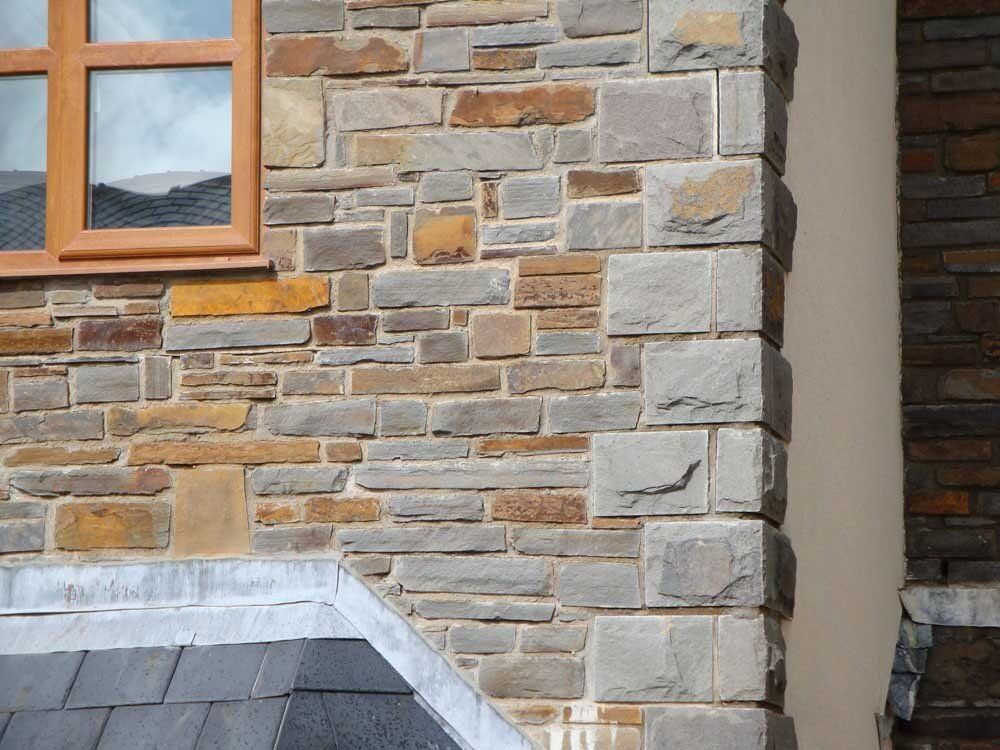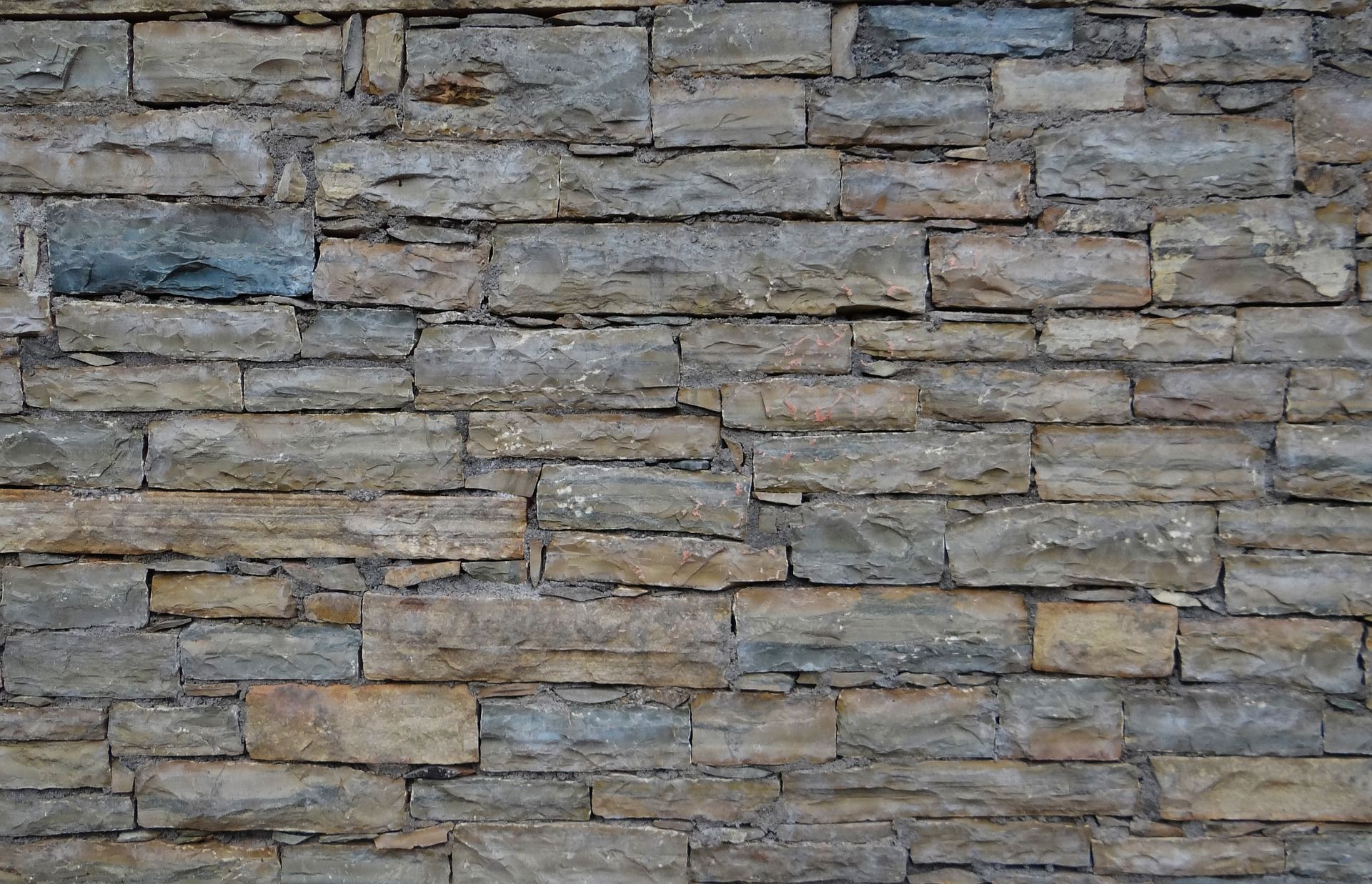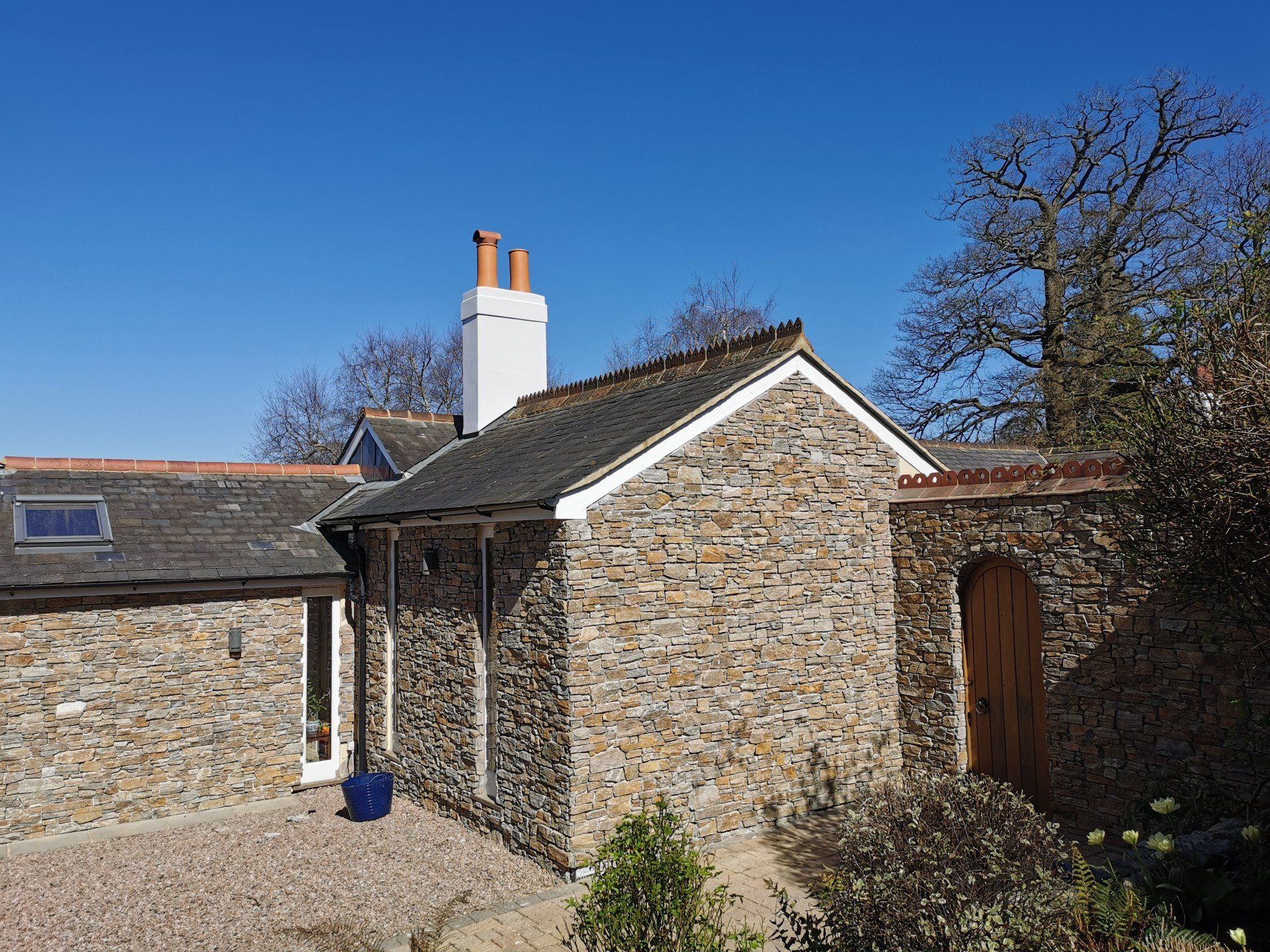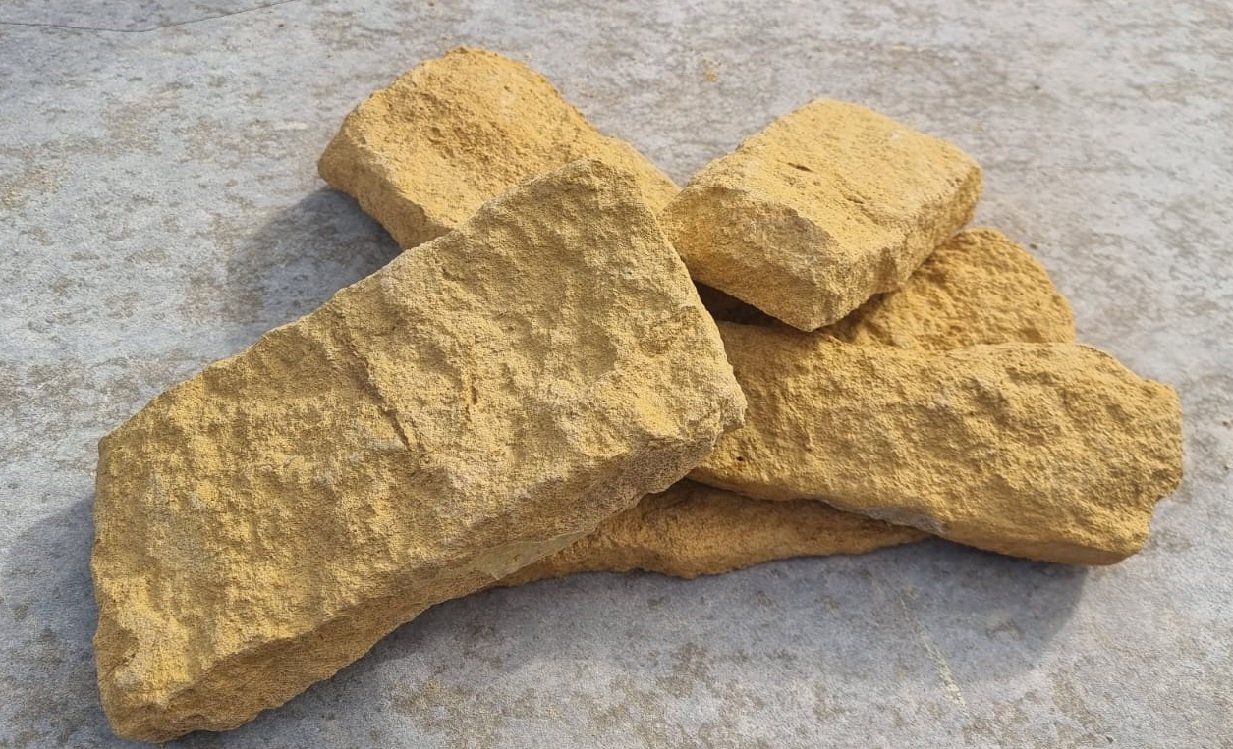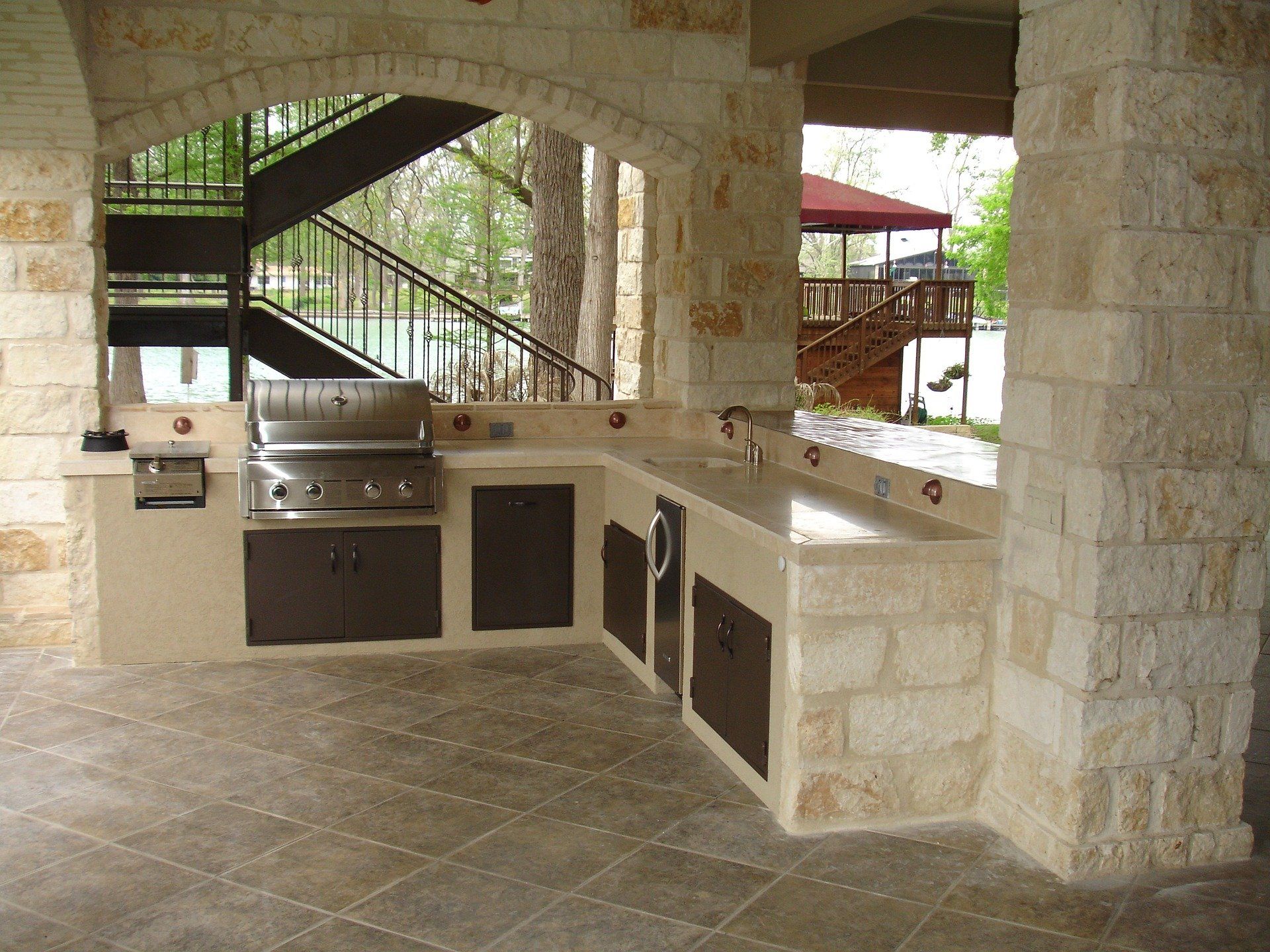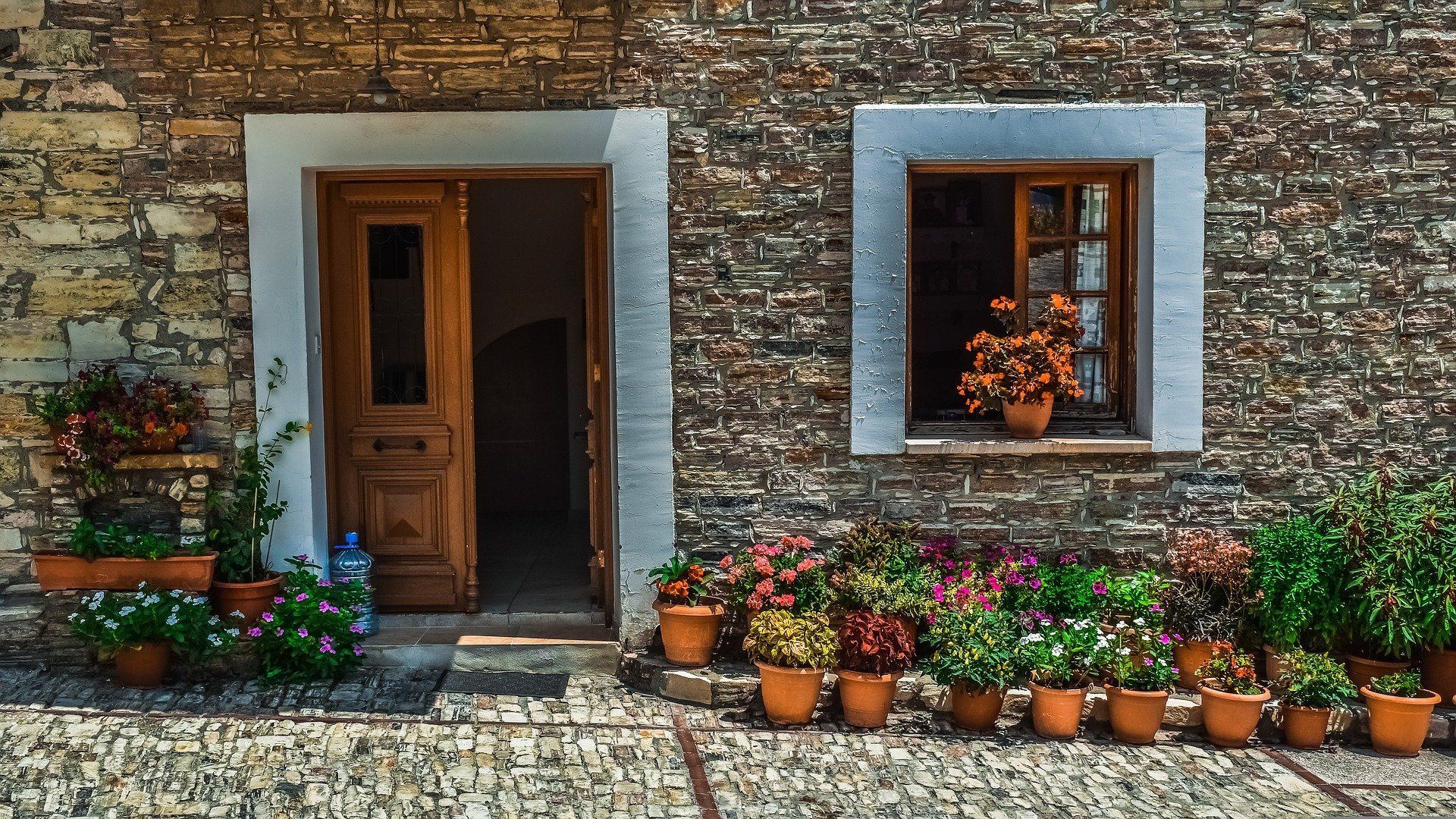How to install stone cladding?
Are you looking for a way to change up your home? One of the most fashionable ways to do that is with a stone finish. This elegant and timeless material will quickly transform any space of your choosing. Just make sure to learn
how to install stone wall cladding properly before you begin!
Why choose stone cladding installation?
Cladding made from stone is an excellent choice that can be used both outside and inside the buildings. Many homeowners decide on installing this type of finish because of the many perks it possesses. For once, it is very durable and highly resistant to extreme and changing weather conditions.
Stone cladding is easy to clean and keep in good shape, and even after years, it will look stylishly. One of the main advantages is also the sheer amount of available options. The stone finish can be found in various types, colours, textures as well as sizes. Of course, the final effect will depend on the technique and skill used for installing it. That is why it is vital to learn about the best ways of fixing it to the wall.
Best ways to install stone cladding
Before we talk about how to install stone cladding, we have to know that there are several distinctive ways to do that. The direct-adhered technique is based on the use of adhesive, cement or glue that allows the stones to stick to the surface of the wall. Another option is spot bonding, which also uses adhesives but much stronger ones. In this technique, epoxies are only applied to certain parts of the wall. As a result, there are many gaps, which enable the free flow of water and air. Mechanical bonding is a more complicated technique as it requires the use of embedded metal anchors. Each cladding section is secured, but this system is recommended for thicker stones that won’t crack during the drilling process. The last method is to install cladding stones to the aluminium panels that are fixed to the wall with runner clips.
How to install stone wall cladding easiest?
The choice of installation method depends mostly on your project. The easiest and most common technique is the direct-adhered one. The process itself is fairly quick, inexpensive and can be done even by someone without much experience. This method is particularly beneficial if you choose thinner stones for their weight will be secured by the adhesive's strength. The direct-adhered technique is used mostly indoors as the wall is not exposed to the outdoor elements that could influence the performance of the adhesive. If you want to install cladding outside you should select one of the other methods, because it allows the air movement and water drainage. Of course, if you want to make sure that stone cladding is installed correctly, it will be best to hire experienced crew who are well-versed in that particular task. That way, you will be sure that cladding is secure, and there is no damage to the wall.
If you're looking for other articles like this, check out our earlier one as well: How to remove stone cladding from the wall?
